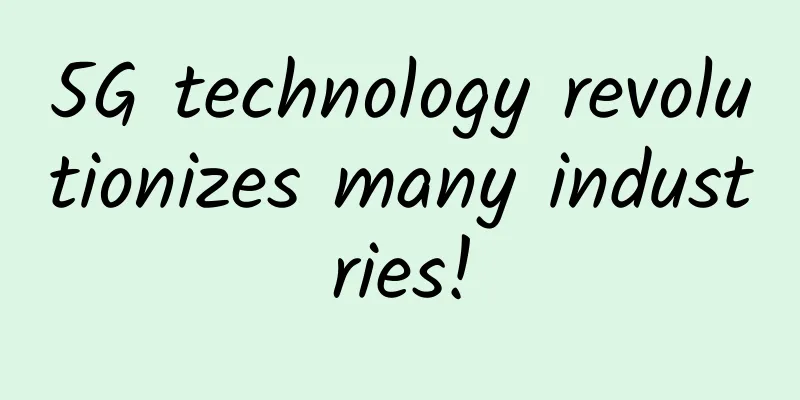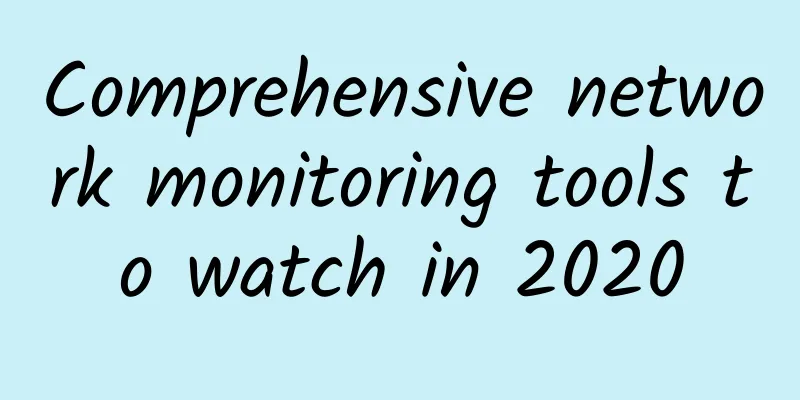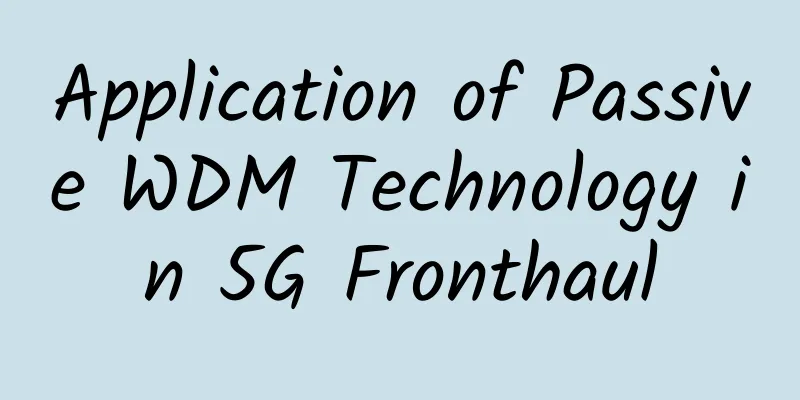5G technology revolutionizes many industries!

|
The transformative power of 5G is at the forefront of technological innovation, reshaping multiple industries. This groundbreaking technology is driving unprecedented advancements, ushering in a new era of connectivity and capabilities. With its unmatched speed and low latency, 5G represents a revolution, unlocking the full potential of artificial intelligence, IoT, and mixed reality. This article dives into the dynamic landscape of 5G as the driving force behind advanced solutions, propelling enterprises into a future of borderless connectivity and endless possibilities. The powerful combination of 5G and multi-access edge computing (MEC)The high bandwidth and low latency provided by 5G accelerate data processing, enabling multi-access edge computing (MEC) to achieve similar efficiencies by processing data at the source, thereby reducing the workload of server platforms. This combined 5G-MEC approach provides enterprises with opportunities to innovate services and business models. For example, in the healthcare field, imagine patients using IoT devices to capture continuous health data. With edge processing, devices can display instant updates and transmit data to healthcare providers in abnormal situations. The development and commercialization of connected cars requires ubiquitous 5G and MEC. Connected cars share data with other devices inside and outside the car through 5G and MEC. External devices range from traffic lights, road sensors, parking meters to other cars and even cloud-based servers that aggregate traffic data. With this technology, automakers can use real-time data to improve road safety and optimize routes for customers. In-vehicle infotainment systems can process data instantly, updating traffic conditions and directions, deciding when and where to brake, and streaming content based on passenger preferences. Artificial intelligence and machine learning are transforming industries through 5G's high-speed connectivity. This synergy enables real-time data processing, supporting applications such as self-driving cars, smart cities, and advanced healthcare. With reduced latency and increased bandwidth, 5G accelerates the development of networks Deployment of artificial intelligence algorithms unlocks unprecedented possibilities in communication, automation, and efficiency. This dynamic combination reshapes the technology landscape, fosters innovation, and redefines how we interact with the world. The role of digital twinsLeveraging high-speed, low-latency connections, 5G enables digital twins to reflect real-world objects or processes in unparalleled detail. This synergy enhances industries such as healthcare, manufacturing, and infrastructure, optimizing operations and decision-making. With the rapid exchange of data, digital twins evolve into dynamic, real-time simulations, driving innovation and efficiency across different industries. Advances in Extended Reality (XR)The convergence of XR and 5G enhances virtual, augmented and mixed reality to deliver seamless immersive content. With the power of 5G connectivity, XR transcends boundaries to enable real-time interactions and dynamic content creation. This convergence opens up new dimensions, propelling us into a future where the digital and physical worlds merge for unparalleled, transformative experiences. Big Data and Advanced Analytics5G unleashes the transformative power of big data and advanced analytics. 5G’s high-speed, low-latency characteristics accelerate data processing and enable real-time insights. This synergy unlocks unprecedented potential in industries from healthcare to smart cities, boosting innovation and efficiency. As 5G networks evolve, the combination of big data and advanced analytics drives an era of unparalleled connectivity and data-driven decision making. The development of the Internet of Things (IoT)The Internet of Things (IoT) has changed with the advent of 5G technology. This groundbreaking synergy enables seamless connectivity, ultra-low latency, and massive device communications. From smart cities to healthcare and manufacturing, 5G powers IoT applications across industries, ushering in a new era of efficiency and innovation. Enhanced data processing through low latency and efficient edge computing, this dynamic combination accelerates the flow of information and inspires unprecedented possibilities. Industries, especially healthcare, demonstrate the potential for innovative services and models. The vision of real-time health monitoring in remote areas demonstrates the life-saving impact of 5G. As these revolutionary technologies advance, it heralds an era of greater connectivity and efficiency, shaping a digital world full of endless possibilities. |
<<: Why do you need a managed switch?
>>: Communication module, why is it so popular?
Recommend
The Ministry of Industry and Information Technology has indicated 10 important directions for 5G development in 2020!
On January 20, the State Council Information Offi...
Mobile networks want to kill WiFi, but it won’t work in China
According to a recent report by OpenSignal Mobile...
Experts talk about 5G development: If 5G wants to explode, the industry chain still needs to work hard
At present, 5G has become an important engine for...
5G is not yet popular, so why are 4G phones now starting to have their speed limited?
I don’t know since when, but it feels like the cu...
5G, where is the road ahead? Computer experts look ahead to the 5G era
[[348682]] Data released by the Ministry of Indus...
Sun Songlin of Beijing University of Posts and Telecommunications: Facing the 5G dilemma and breaking through from the industry
At the 2021 China (Shenzhen) 5G Industry Summit, ...
Regarding "computing power", this article is worth reading
In today’s article, let’s talk about computing po...
What is Mesh Technology? What are the advantages of mesh networking?
Since its birth in the 1960s, network technology ...
QQ account stolen in 22 years, friends help verify but appeal is invalid: the confusion behind Tencent's authentication system
Recently, user Mr. Wang revealed to a reporter fr...
RAKsmart: VPS flash sale from $0.99/month, cloud server flash sale from $1.99/month, Hong Kong/Japan/Korea/Germany/US data centers
RAKsmart is offering flash sales for VPS and clou...
Simplify Smart Buildings with PoE Connected Lighting
Designers of smart homes, offices and factories a...
Zheye IO year-end promotion: 30% off all cloud servers + free memory, 200 yuan off for independent servers, 300 yuan free for 1,000 yuan recharge
ZheyeIO has released a 2020 year-end promotion pl...
spinservers Spring Festival promotion: 100M-10Gbps unlimited traffic servers starting from $119, San Jose data center
To celebrate the traditional Chinese New Year, sp...
edgeNAT Los Angeles 4837 dual ISP host simple test
In February, the tribe shared the news that edgeN...
The Radio and Television Administration has decided to build a "National Network". Is the IPTV of the three major operators in danger?
Many people may not know that the traditional rad...









